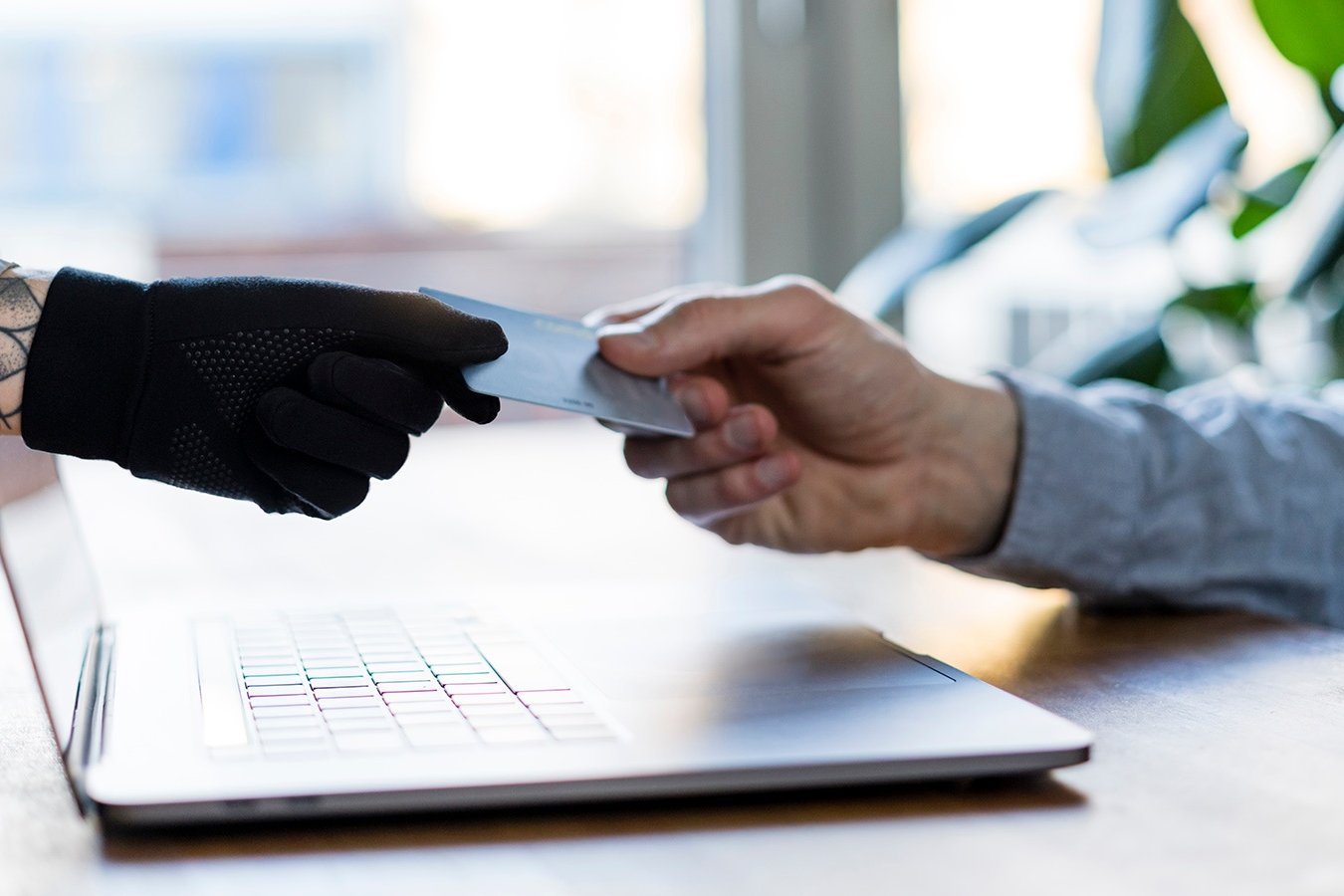Markus’s old bike had been standing around in the basement for a while, so he decided to sell it on a free advertising platform. Soon after posting the advert, a potential buyer responded via WhatsApp. Having asked a few harmless questions, the interested party then wrote to Markus saying that he wanted to buy the bike but lived too far away.
Tip: Conceal your phone number when advertising on online marketplaces such as Tutti, Anibis or Ricardo and communicate only on the provider’s portal.


